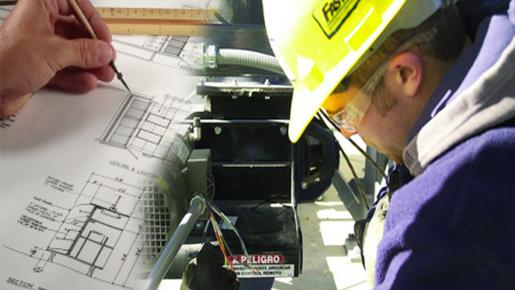
Square K Energy Solutions can perform ASHRAE Leve 1 & 2 Energy Audits for your facility. An ASHRAE Level 1 audit is called a “simple audit”, “screening audit” or “walk-through audit” and is the basic starting point for building energy optimization. It involves brief interviews with site operating personnel, a review of the facility’s utility bills and other operating data, and an abbreviated walk-through of the building. The ASHRAE Level-1 audit is geared toward the identification of the potential for energy improvements, understanding the general building configuration, and defining the type and nature of energy systems. The audit should result in a preliminary, high-level, energy-use analysis for the entire facility, and a short report detailing the findings, which may include identifying a variety of recognizable efficiency opportunities. Usually this report does not provide detailed recommendations, except for very visible projects or operational faults.
The next step for most facilities is the ASHRAE Level-2 audit/assessment. The Level-2 project starts with the findings of the Level-1 audit, and evaluates the building energy systems in detail to define a variety of potential energy-efficiency improvements. This should include the Building Envelope, Lighting, Heating, Ventilation, and Air Conditioning (HVAC), Domestic Hot Water (DHW), Plug Loads, and Compressed Air and Process Uses (for manufacturing, service, or processing facilities). This study starts with a detailed analysis of energy consumption to quantify base loads, seasonal variation, and effective energy costs. From there, the study should include an evaluation of lighting, air quality, temperature, ventilation, humidity, and other conditions that may affect energy performance and occupant comfort. The process also includes detailed discussions with the building Ownership, Management, and Occupants to explore potential problem areas, and clarify financial and non-financial goals of the program.
Range of industries
Commercial
Industrial
Institutional


